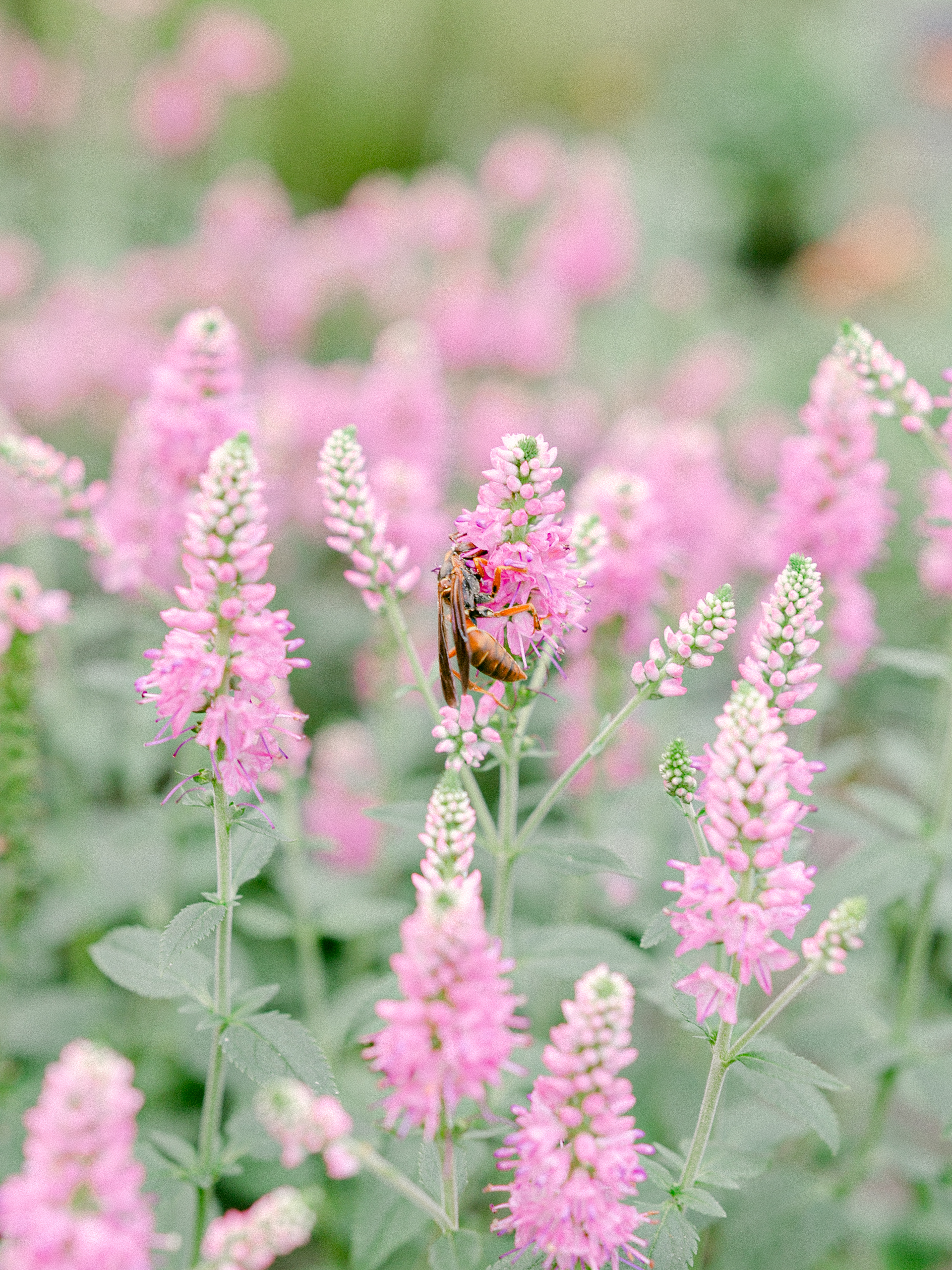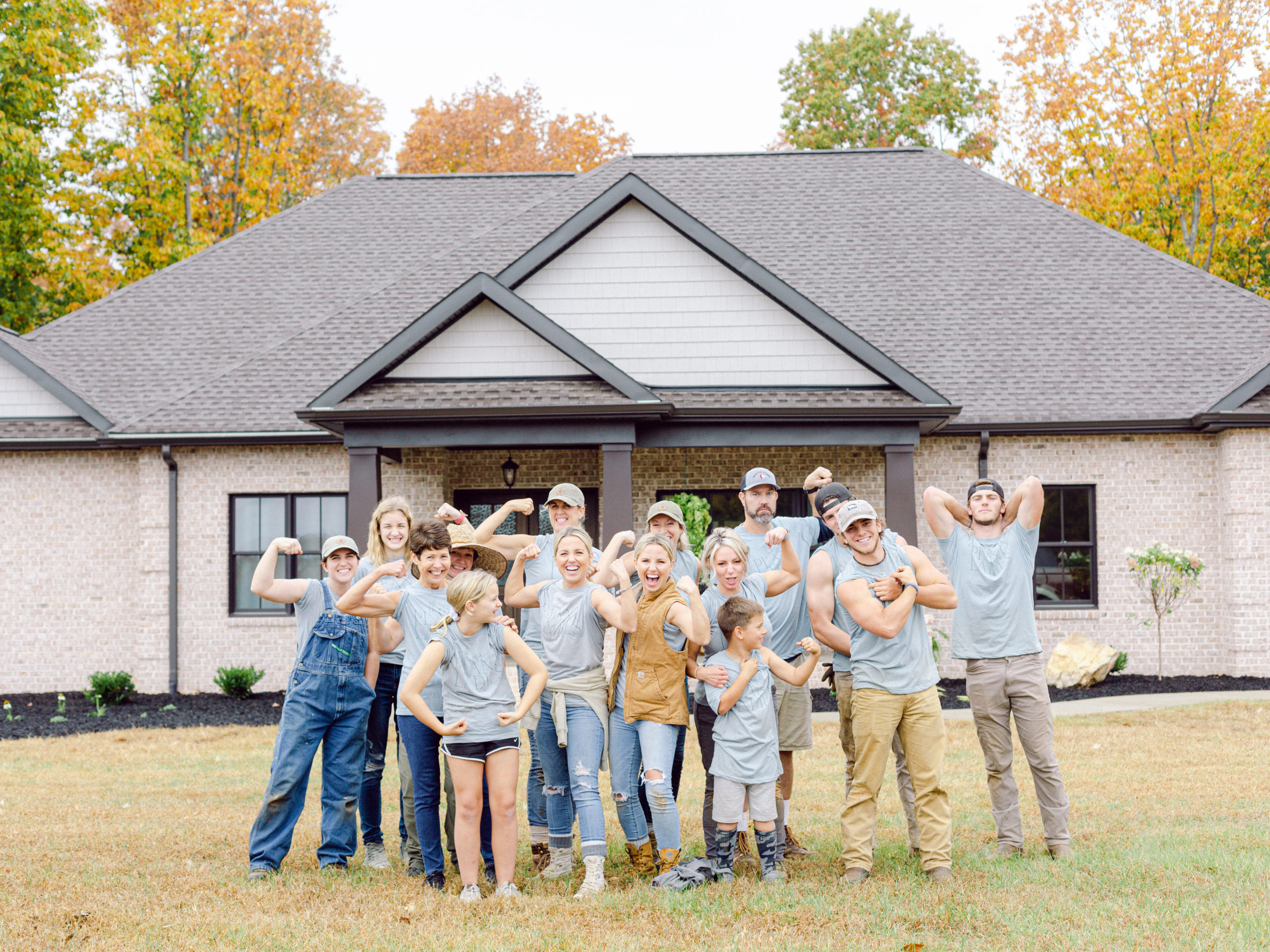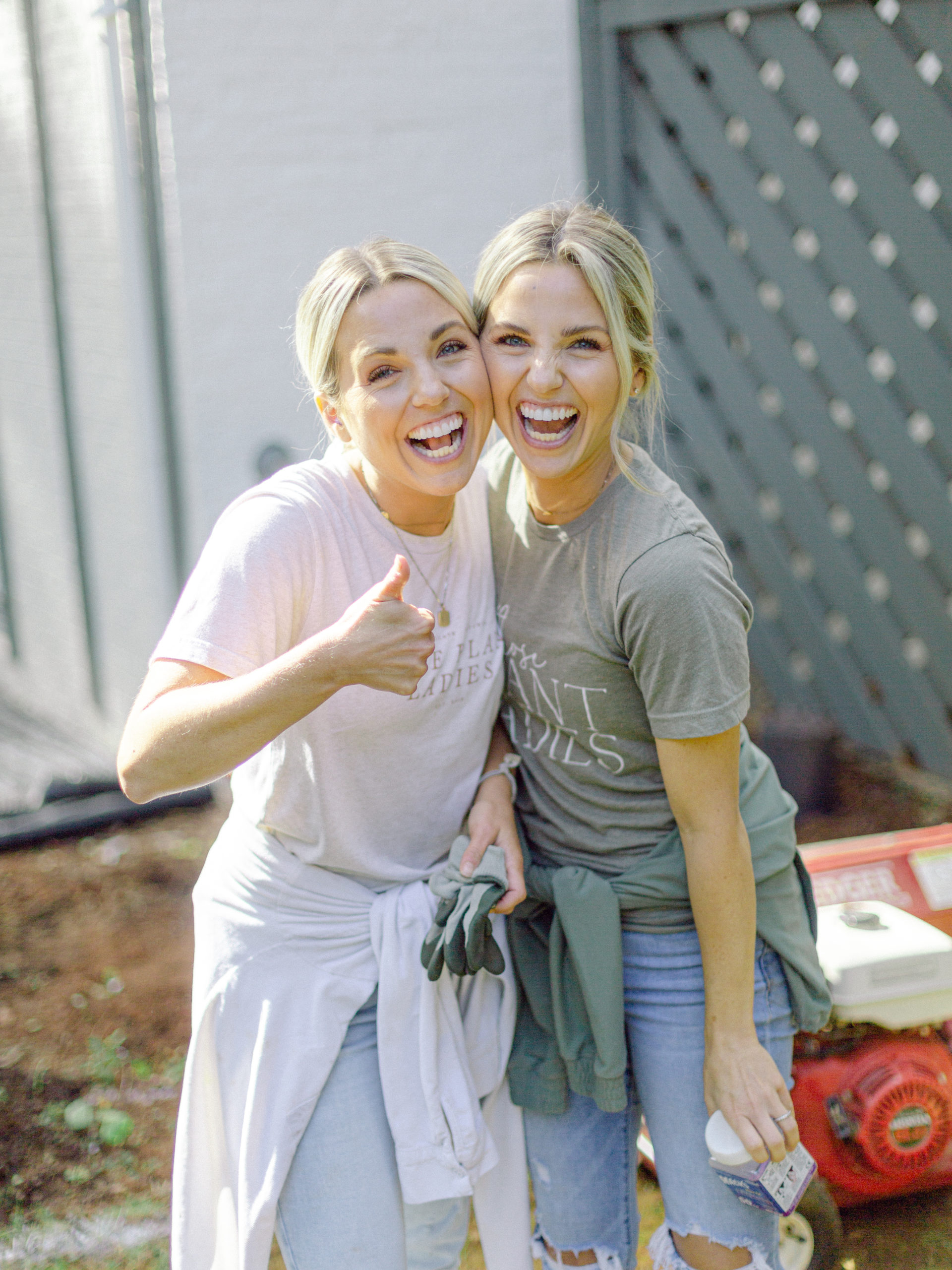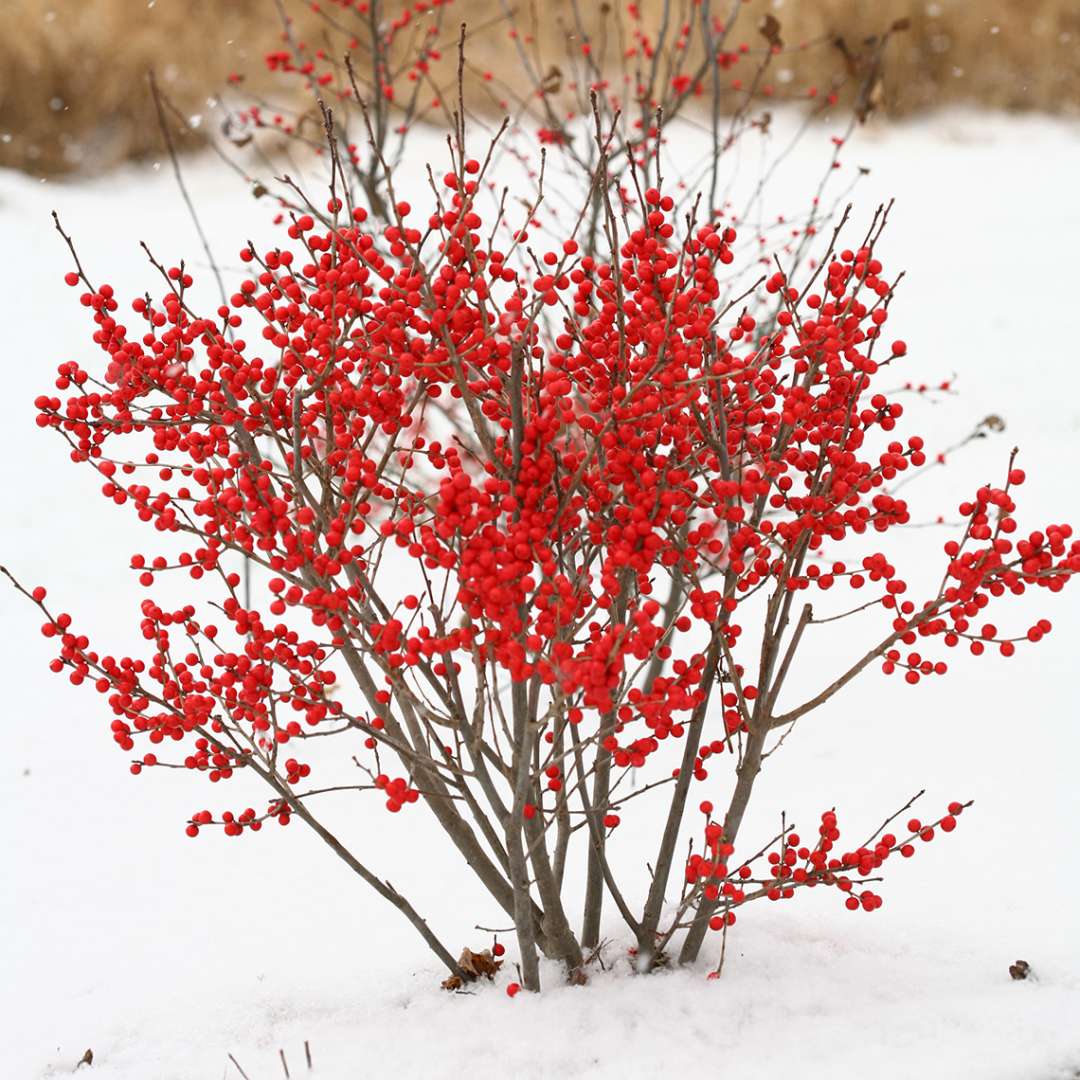When you’re trying to add easy, low-maintenance, bold color to a landscape, here at Those Plant Ladies we almost always turn to annuals and perennials! Don’t get us wrong, there are gorgeous trees and shrubs that can provide amazing blooms like azaleas, magnolias, cherries, hydrangeas, and so many more of our favorites. But adding annuals and perennials opens a whole world of choices to create depth and detail to make your landscape stand out from all of the cookie-cutter landscapes out there. There are so many heights, colors, shapes, and textures that annuals and perennials can provide in addition to what you can get with just trees and shrubs. This really is the key to raising the bar on your landscape. Let’s take a look at annuals and perennials separately so that we can better understand these terms and learn how to bring them into your yards and gardens.


Annuals are plants that live for only one season in your growing zone. The most common ways to use annuals include containers and small sections of flower beds where foot or vehicle traffic is high. You want to use these in an area where the color is really going to be able to be enjoyed up close and noticed by you and your family. We wouldn’t recommend using annuals in beds that are far from where you normally spend time, such as the beds in the back of your yard. Save those spaces for blooming trees and shrubs where there is more room, the blooms are larger and they can be enjoyed from a distance.
Most annuals thrive in the summer and they’re often called summer annuals. These will usually get hit hard by the first frost of the fall and will need to be removed at this time. There are some annuals, especially in more mild climates, that are used in the cooler months to provide color. Because annuals only grow for a season, you will need to change them out periodically with the changes in seasons. This may sound like a lot of work but, considering that these annuals will bloom practically every day that you have them, it really is worth the hour spent changing them out.
Popular annuals for the spring and summer include petunias, coleus, zinnias, cosmos, snapdragons, impatiens, and sunflowers. Annuals that can tolerate mild frosts in the fall and winter include ornamental cabbages, pansies, mums, and violas.

Perennials are plants that will grow year after year in your growing zone but they will die to the ground each winter and begin growing the following year from the ground up. This pattern of die back and regrowth is what distinguishes a perennial from a tree or shrub, which may lose its leaves but does not begin the next year growing from ground up again.
Perennials can be used anywhere you would want to use them but are best suited for growing in the ground or in larger containers. Smaller containers often do not provide enough insulation in the winter to keep the root systems from being harmed by cold temperature. Perennials come in so many shapes, colors, and forms! They can be up to 6 feet tall or as short as 6-8 inches, making them incredibly versatile in the design of your landscape and can be used to fit many different design criteria. Even though they’re no longer actively growing or green in the winter, many perennials will remain standing with lovely seed heads or other architectural features that still add dimension in the winter.
Maintenance of perennials typically requires cutting them back once or twice during the growing season and before the next spring after they have died back in the winter. Again, there is some work involved in this but the short amount of time it will take you to give your perennials a little haircut will be so worth the color and complexity they bring to your landscape.
Some of our favorite perennials for our growing zone (7-8) are coneflower, salvia, lambs ear, phlox, agastache, monarda, asclepius, just to name a few!





